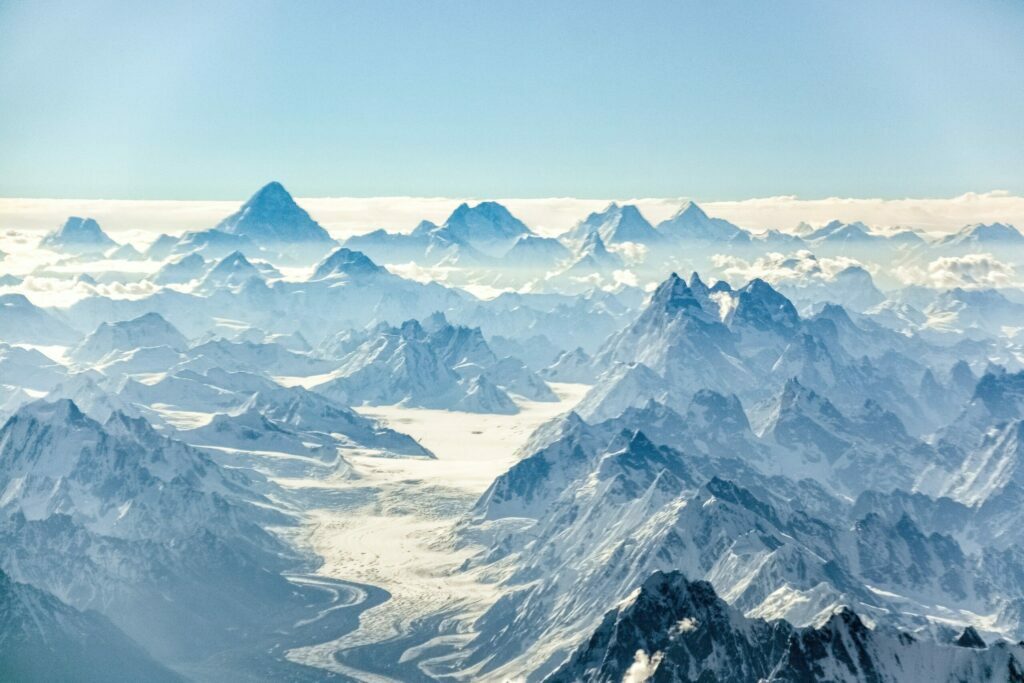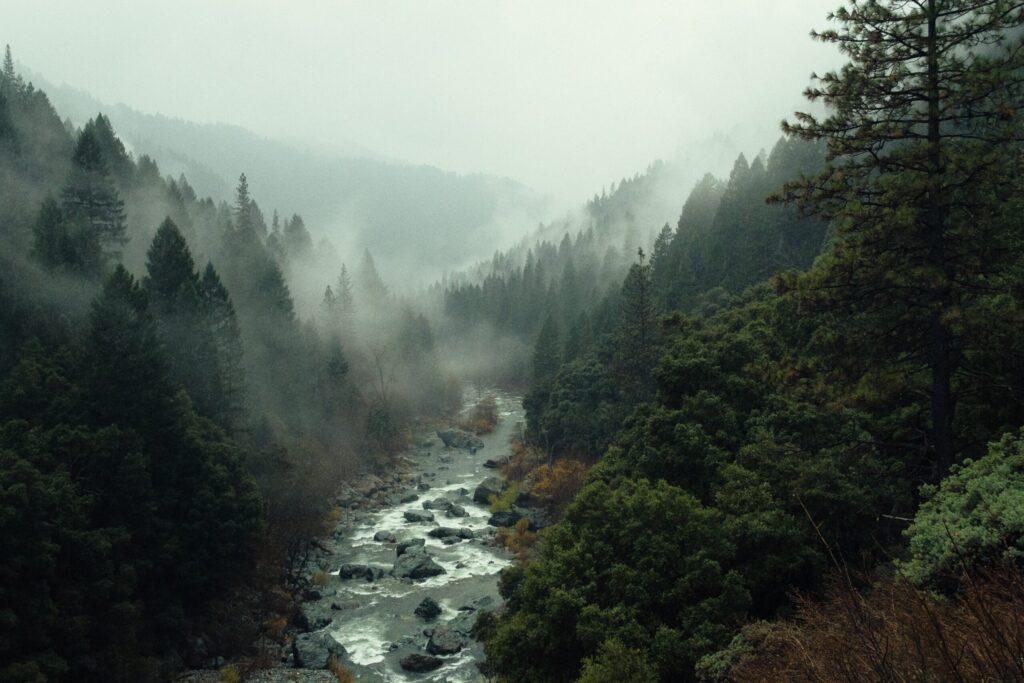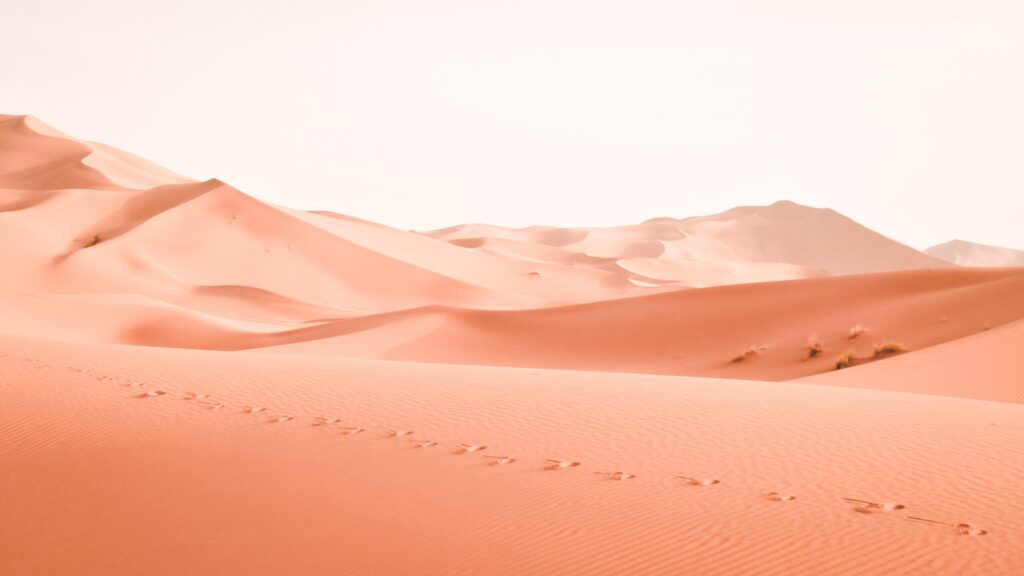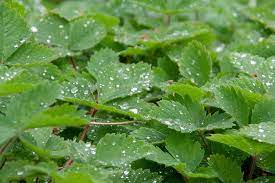Getting lost or stranded in the wild is something that could happen to just about anyone. And if you are that unlucky person, finding water in the backcountry is going to be a matter of life or death. Finding a drinkable water source in the wilderness can be a challenge, but it doesn’t have to be impossible.
There are many ways that you can get some fresh drinking water without having to spend hours searching for it.
How to Find and Collect Safe Drinking Water in the Wild
There is a rule of 3 that states you can only last 3 days without water. This rule is more like a suggestion as people can die much quicker from dehydration especially if they are hiking, sweating, panicking, and in high-dry altitudes.
What this means that without water you will not last very long in the wilderness which is why it’s one of the most important basic survival skills you can learn along with finding food, making fire, and building a shelter.
Signs that indicate a nearby water source if you have a map…
Water sources such as rivers, lakes, streams, and ponds are the most obvious places to find water, which if you have a map will be indicated. However, this is usually limited to larger streams, rivers, and creeks. There are many seasonal streams and creeks that may not be demarcated on a map.
Have an eye out for valleys or small gullies or natural indentations in the landscape that may indicate where water would run off to when it rains or from snow runoff.
If you do have a map then it should be easily identifiable. If there are no markings, have a look at the topography and look for declinations in the elevation. Water as you know collects and is drawn by gravity to the lowest point in a surrounding area. This is the quickest and most convenient form of freshwater you can get. Though this may not always be possible.
Signs in the environment that indicate where there may be a water source nearby if you don’t have a map

Topography
The easiest way to find water is by looking at the topography surrounding the area.
Animals
Insects such as dragonflies hang around wetlands and favor moist areas which means if you see them flying around there is a good chance there is a water source nearby. Other animals to look for are packs of flying birds that often fly to water sources in the mornings and evenings.
Bees can also help indicate that there is a nearby source of water as they require it just like other mammals. A beehive will help you know that you may come across a source of water not so far away. Ants walking away from a tree are also probably headed to a nearby water source or trapped reservoir.
Watching animal behavior in general, especially in very dry environments will give you great indicators of where you can find your next drink as animals also can not survive without water, though most can survive longer than 3 days.
Game trails
If you cannot see any animals follow game trails and they often will lead you to water sources especially if they are in higher elevations or in deserts or anywhere where water is scarce.
Fruits & Vegetation
Finding anything you can readily identify in the wild that is edible will add some liquids to your body. Especially if those fruits or vegetables have a higher water content. For instance, mangoes have a water content of 83% There are also many different types of root bulbs that can contain water – if you can properly identify them.

How to Find Water in the Mountains
The easiest way as was mentioned before if you have a map is to look for valleys and low-lying areas. Also as we mentioned, follow game trails as all the animals living in the mountains will need to go down to the valleys at some point in order to get water.
If you find yourself in the mountains where there is snow and forests you will find it much easier in comparison with high-elevation desert mountains or anytime if you get above the tree line.
Melt Snow
If you are in the mountains during the right time of year or are at a high enough elevation then you will likely see snow lying around. Snow will give you easy access to water. Now all you need to do is find a way to melt the snow.
Avoid eating the snow directly as eating the snow can lower your core body temperature and if you are in the mountains where outside temperature can change rapidly you could put yourself in unnecessary trouble.
As crazy as it sounds eating snow can also make you more thirsty and potentially leave you dehydrated as your body requires energy to warm up the temperature of the water as well as to break down the solids into liquid.
Dig a Seep
A seep is a hole that is dug in damp ground that will filter the water naturally through the soil which is a much safer place to get your water rather than surface stagnant water. The basics of digging a seep are (1) find an area suitable (a damp wooded area is perfect) (2) dig a hole about 1-2 feet deep and 1-2 feet wide (3) use rocks to cover the sides and bottom that helps to keep the sediment out of your water (4) wait for the water the seep through the damp soil and fill the whole.
This works even better, and quicker if you are near a stream or water source.

Creeks, Rivers Lakes
If you happened to stumble across a body of water, you can use the same seep method described above. Start by digging the same type of hole 1-2 feet from the flowing stream or lake. Once water fills up the hole you can dig a second hole a foot away from the first hole. The sediment will act as a natural filter leaving clear filtered water!
Crevices
If you find yourself on a rocky cliff or mountainside, take a look in crevices and in between rock slabs. You can often find puddles of water in these shaded areas. But don’t just drink up. The water needs to be properly filtered or boiled before consuming as stagnant water is the worst culprit of bacteria.

How to Find Water in the Desert?
Finding water in the desert will not be a simple feat. Many of the same rules still apply, in terms of where to look. A few extra things you can do:
Keep your eyes out for green vegetation as this is the surest sign that water is nearby.
Trails in the sand from any animals will be a sure sign they are headed to water, as they are most likely out braving the heat to head to a water source, just like you.
You can also dig a seep, though the chances of getting water here are lower. You may be more successful in shady areas or next to any vegetation.

Build a Solar Still
Another option that will give you a bit more luck is building your own solar still. This can be done in pretty much any environment where there is a lot of sun and a bit of vegetation around.
(1) Dig a hole and place a cup in the middle of the hole (2) place some vegetation surrounding the cup and anything else to provide a damp environment ( you can use your own urine or salt water to wet the vegetation) (2) place a piece of plastic over the hole (3) place some rocks on all sides to keep the plastic in place and place one smaller rock in the middle so there is a natural slope heading toward the middle of the plastic.
What will happen is the sun will beat down on the plastic causing the small area to heat up. The organic matter will create condensation on the bottom of the plastic which will then drip into the cup

Collect water vapor from transpiration from plants
A similar method that works on the energy of the sun is to wrap plastic around the bough of a tree, shrub, or bush. The sun will heat the plastic-covered plant and condensation will form which is collected in the plastic bag.
Easiest Ways to Find and Collect water in the wild

Collect Rainwater
Collecting rainwater in the wild is the easiest and safest way to get water if you are stranded in the woods. To collect as much rainwater as possible if you do not have any big open-mouthed containers is to build a piece of plastic, tarp, or any large surface area cloth that can be used to direct the water into a container or area where it can be collected.
If you do not have anything to store the water in then you are going to have to get a bit creative like using your own clothing to trap the water, a coconut shell, or an indention in a rock.

Morning Dew
Morning dew is another easy way to get water. Use a cloth to wipe the water off the vegetation and then wring it in a container. If the morning dew is on the grass, tie the fabric on your ankles and walk through the grass to collect the moisture. Collecting morning dew water can only happen early in the morning before the dew starts evaporating.
Puddles
Puddles are a great water source that can help you when you are in a situation with no water sources. You can find puddles in valleys, crooks of trees, or big rocks, especially where there is shade.

Contaminated Water
Any water source that you find in the backcountry is possibly contaminated. Unless you are in a very remote or high-altitude region, where the water comes from glacier runoff there is a high chance there is bacteria in it. While not all bacteria is harmful, the type you are wary of is one caused by human civilization, animal excreta, or if anything died in or near the water.
Filtering water is especially important in stagnant water sources in small lakes, ponds or puddles. You can be sure water is contaminated if the surface of the water has an oily look to it. The absence o vegetation around the area is also a tell-tale sign there is harmful bacteria around.
The most ideal source for finding water that may not necessarily need to be filtered is fast-flowing water from mountain streams, high in the hills, although even there do so carefully.
For more>> How to Survive in Freezing Cold Water

